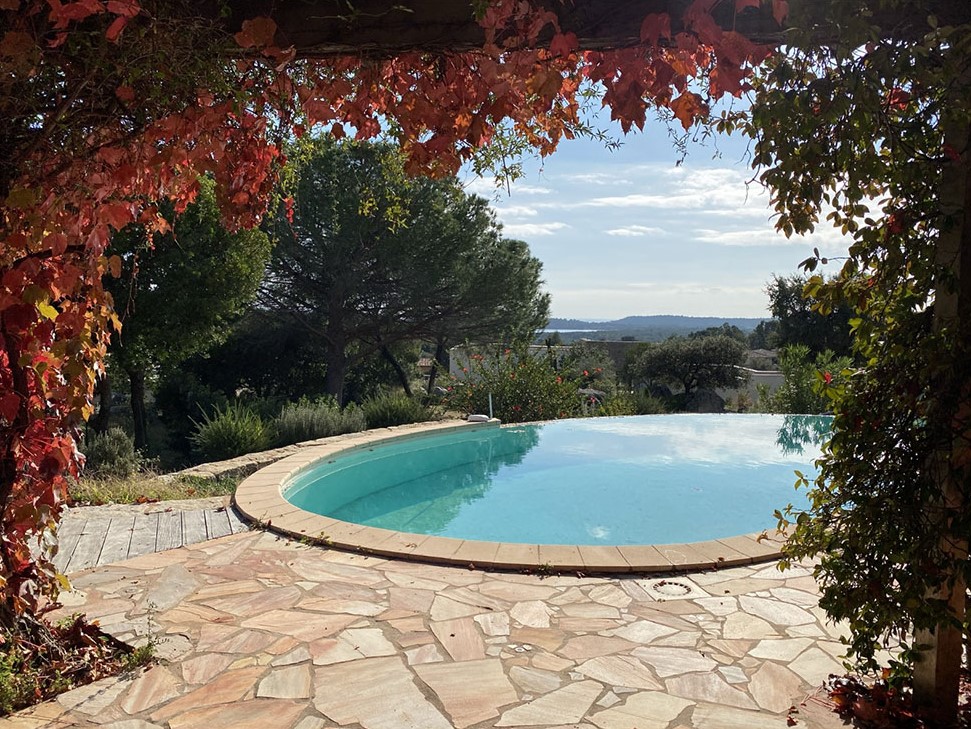Geographie der Insel Korsika
Weitere Informationen
Korsika liegt im Mittelmeer zwischen 43° 01’ und 41° 22’ nördlicher Breite und 9° 34’ und 8° 33’ östlicher Länge. Nach Sizilien, Sardinien und Zypern ist sie die viertgrößte mediterrane Insel.
Von Cap Corse im Norden bis nach Capo Pertusato im Süden misst die Insel 183 km, von Alistro nach Capo Rosso erstreckt sich mit 83 km die längste Ost-West-Strecke. Damit kommt Korsika auf eine Fläche von etwa 8680 km². Durch die zahlreichen Buchten, die die Küsten säumen, kommt es zu einer Küstengesamtlänge von über 1000 km. Das Verhältnis von Sandstrand zu Felsküste beträgt 1:2.
Die Insel besteht zu großen Teilen aus Hochgebirge; nur an der Ostküste gibt es einen bis zu 10 km breiten, völlig ebenen Abschnitt. Umgeben ist sie vom Westlichen Mittelmeer, dem Tyrrhenischen und dem Ligurischen Meer.
Zum französischen Festland beträgt die Entfernung auf der Höhe von Nizza etwa 180 km, während Livorno in Italien 83 km und Sardinien nur 12 km entfernt liegen.
Korsika bildete gemeinsam mit Sardinien eine Landmasse, die sich vor etwa 35 Mio. Jahren vom europäischen Festland abtrennte. Bei der Drift entstand im Laufe des Tertiärs, währenddessen sich auch die Alpen formten, durch Stauchung und Dehnung unvorstellbar großer Massen an Gestein das heutige Gebirge im Meer. 50 Berge über 2.000 m ergeben eine Durchschnittshöhe von 568 m. Die Gebirgskette zieht sich S-förmig von Nordwesten nach Südosten und bildet dabei eine natürliche Barriere zwischen den historischen Gebieten Cismonte („diesseits der Berge“) und Pumonte („jenseits der Berge“).
Grob lässt sich Korsika in Ost-, West-, Süd-, Nord- und Zentralkorsika unterteilen
